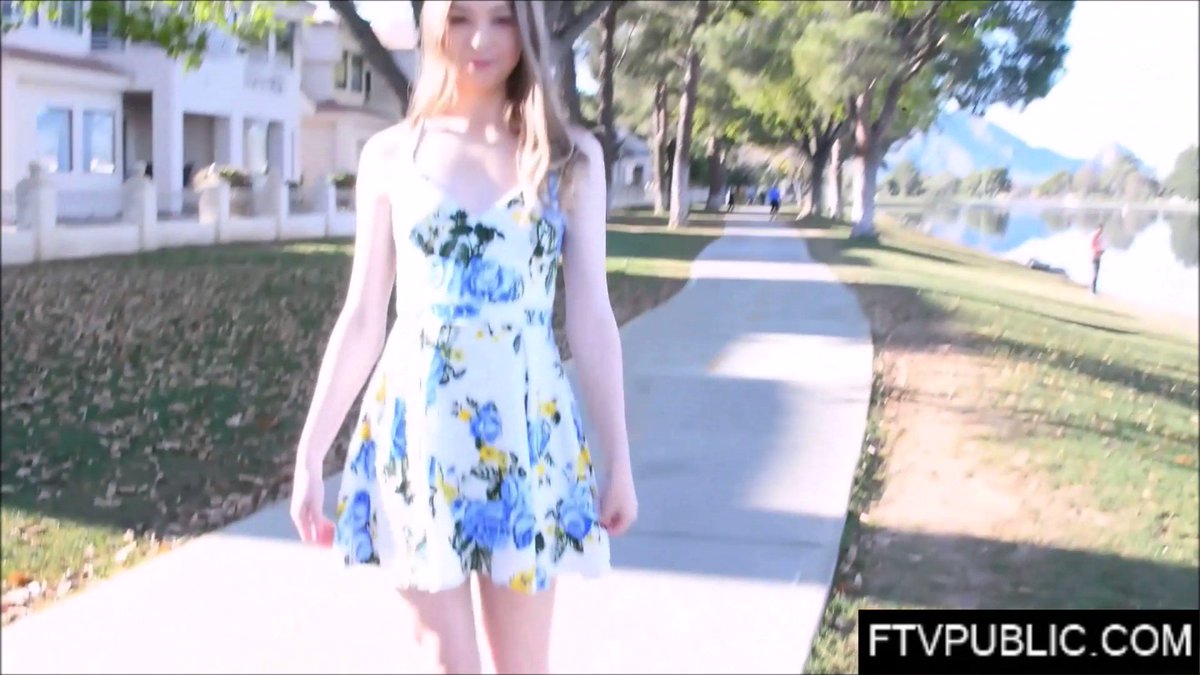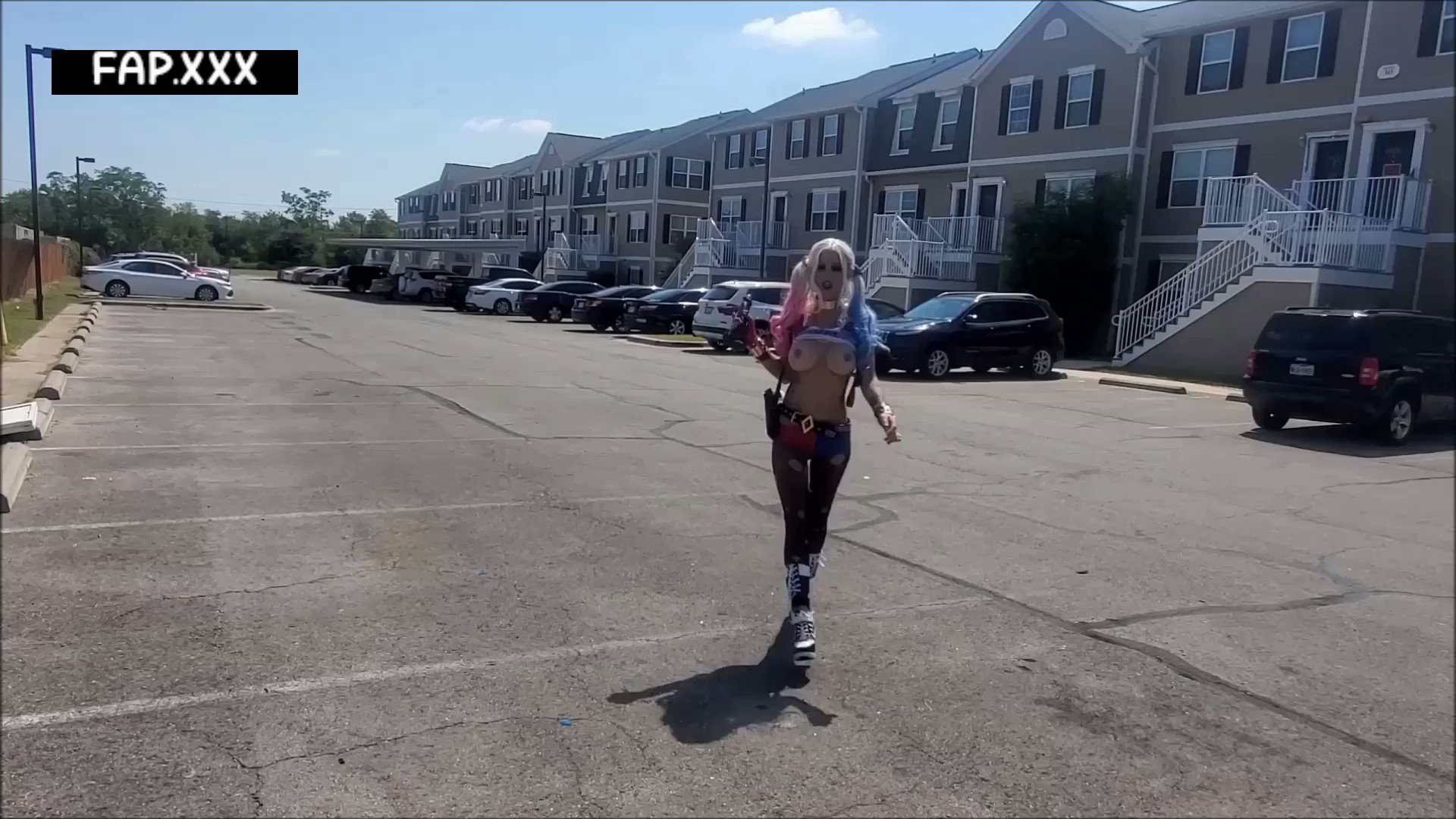Understanding Public Nudity On Twitter: A Comprehensive Guide
Public nudity on Twitter has become a topic of significant discussion in recent years. As social media platforms continue to evolve, the lines between freedom of expression and appropriate content are constantly being redrawn. This article delves into the complexities surrounding nudity on Twitter, exploring its implications, regulations, and societal impact.
Twitter, as one of the most influential social media platforms globally, plays a pivotal role in shaping public discourse. However, the platform's policies regarding explicit content, including public nudity, remain a contentious issue. Users, policymakers, and social advocates often find themselves at odds over what constitutes acceptable content.
This article aims to provide a thorough understanding of public nudity on Twitter by examining its historical context, current policies, and the broader implications for users and society. Whether you're a casual Twitter user or a digital rights advocate, this guide will equip you with the knowledge to navigate this complex topic.
- 20th Of January Star Sign
- Taylor Swift Grammy Awards 2013
- Titanic Ocean Heart Necklace
- Phil Collins Youll Be In My Heart
- Who Is Anderson Cooper Seeing
Table of Contents
- Introduction to Public Nudity on Twitter
- Twitter's Content Policy on Nudity
- Historical Context of Nudity on Social Media
- Societal Impacts of Public Nudity
- Legal Considerations and Challenges
- Global Regulations and Compliance
- How Platforms Handle Nudity
- User Responsibility and Awareness
- Alternatives to Nudity on Twitter
- The Future of Nudity on Social Media
Introduction to Public Nudity on Twitter
Public nudity on Twitter refers to the posting or sharing of images or videos that depict nudity, often in a non-explicit or artistic manner. While Twitter's policies explicitly prohibit certain types of nudity, the platform allows some forms of expression, such as nudity in an educational or artistic context. This creates a gray area where users must navigate the boundaries of acceptable content.
Why is Public Nudity Controversial?
The controversy surrounding public nudity on Twitter stems from differing cultural, social, and legal perspectives. What one culture may view as acceptable, another may find offensive or inappropriate. This diversity in opinions makes it challenging for Twitter to enforce a uniform policy that satisfies all users.
- Billy Joel Tour 2024
- Mori Lee Wedding Dresses
- Is Tj Watt Playing Today
- What Celebrity Has Died Recently
- How Many Seasons Are In How I Met Your Mother
Impact on User Experience
The presence of nudity on Twitter can significantly impact user experience. For some, it represents freedom of expression and the right to share their bodies as they see fit. For others, it raises concerns about privacy, safety, and the potential for exploitation. Striking a balance between these competing interests is crucial for maintaining a respectful and inclusive online environment.
Twitter's Content Policy on Nudity
Twitter's content policy on nudity is outlined in its Community Guidelines, which prohibit the posting of explicit adult content. However, the platform allows nudity in certain contexts, such as:
- Artistic expressions
- Medical information
- Documentary or educational content
Enforcement of Policies
Twitter employs a combination of automated tools and human moderators to enforce its content policies. While this approach helps manage the vast amount of content posted daily, it is not without flaws. Users may inadvertently violate policies or face false accusations of wrongdoing, leading to account suspensions or content removals.
Historical Context of Nudity on Social Media
The history of nudity on social media reflects broader societal changes in attitudes toward the human body and sexuality. In the early days of platforms like Twitter, nudity was often treated with more leniency, allowing users greater freedom to express themselves. Over time, however, increased scrutiny from governments and advocacy groups led to stricter regulations.
Evolution of Policies
Twitter's policies on nudity have evolved significantly since its inception. Initially, the platform allowed a wider range of content, but as it grew in popularity, so did the pressure to regulate. Today, Twitter's approach to nudity reflects a delicate balance between protecting users and respecting freedom of expression.
Societal Impacts of Public Nudity
The presence of public nudity on Twitter has far-reaching societal implications. It challenges traditional norms and encourages discussions about body positivity, gender equality, and the role of technology in shaping cultural values.
Positive Effects
- Promoting body positivity
- Encouraging artistic expression
- Fostering open dialogue about sexuality
Negative Effects
- Potential for harassment or exploitation
- Impact on younger audiences
- Risk of violating cultural or religious norms
Legal Considerations and Challenges
Legal considerations surrounding public nudity on Twitter vary significantly across jurisdictions. While some countries permit nudity in certain contexts, others impose strict penalties for violations. This creates challenges for Twitter, which must comply with diverse legal frameworks while maintaining a consistent global policy.
Key Legal Issues
- Child pornography laws
- Obscenity and indecency statutes
- Data privacy regulations
Global Regulations and Compliance
Twitter's compliance with global regulations requires a nuanced understanding of local laws and cultural norms. The platform must navigate these complexities while ensuring that its policies remain fair and consistent for all users.
Examples of Regulatory Challenges
- India's IT Act and its impact on content moderation
- European Union's GDPR and data protection requirements
- United States' Section 230 and its implications for platform liability
How Platforms Handle Nudity
Social media platforms like Twitter employ various strategies to handle nudity, including content moderation, user reporting, and algorithmic filtering. These measures aim to strike a balance between protecting users and respecting freedom of expression.
Best Practices for Moderation
- Implementing clear and transparent policies
- Providing users with tools to report inappropriate content
- Investing in advanced moderation technologies
User Responsibility and Awareness
While platforms bear responsibility for regulating content, users also play a crucial role in maintaining a respectful online environment. By understanding Twitter's policies and exercising caution when posting or sharing content, users can help reduce the incidence of public nudity and its associated risks.
Tips for Responsible Usage
- Read and understand Twitter's Community Guidelines
- Think twice before posting sensitive content
- Report any violations you encounter
Alternatives to Nudity on Twitter
For users seeking to express themselves without violating Twitter's policies, several alternatives exist. These include using artistic filters, sharing content on specialized platforms, or engaging in discussions about body positivity in non-explicit ways.
Platforms for Artistic Expression
- DeviantArt for visual artists
- Behance for portfolio sharing
- Reddit communities focused on specific topics
The Future of Nudity on Social Media
As technology continues to advance, the future of nudity on social media remains uncertain. Emerging trends, such as augmented reality and virtual worlds, may create new opportunities and challenges for platforms like Twitter. Adapting to these changes while maintaining a commitment to user safety and freedom of expression will be key to the platform's success.
Predicted Developments
- Increased use of AI for content moderation
- Greater emphasis on user privacy and data protection
- Expansion of specialized platforms for adult content
Conclusion
Public nudity on Twitter is a complex and multifaceted issue that touches on freedom of expression, societal norms, and legal considerations. By understanding the platform's policies, historical context, and potential impacts, users can make informed decisions about their online behavior. As social media continues to evolve, staying informed and engaged will be essential for navigating this ever-changing landscape.
We invite you to share your thoughts and experiences in the comments below. Additionally, feel free to explore other articles on our site for more insights into digital rights, social media trends, and online safety. Together, we can foster a safer, more inclusive online community.
References:
- Twitter Community Guidelines: https://help.twitter.com/en/rules-and-policies/twitter-rules
- European Union GDPR: https://gdpr-info.eu/
- United States Section 230: https://www.congress.gov/104/plaws/publ147/PLAW-104publ147.pdf
Article Recommendations
- Who Is Khloes Father
- Is Gladiator 2 A Sequel
- Woman Who Accused Emett Til
- Cameron Dallas Cameron Dallas
- What Happened To The Stars Of Laguna Beach



Detail Author:
- Name : Prof. Lue Veum I
- Username : monserrate.kub
- Email : reid33@bednar.com
- Birthdate : 1981-11-11
- Address : 964 Wolf Creek North Jayson, VA 72884
- Phone : 559.645.8083
- Company : Bruen LLC
- Job : Stone Cutter
- Bio : Quo ratione occaecati doloremque sit. Vitae voluptatum quo iure nisi corrupti iure vero. Excepturi quia illum quia ab reprehenderit.
Socials
linkedin:
- url : https://linkedin.com/in/rosiefunk
- username : rosiefunk
- bio : Assumenda rerum error eum qui dolor error.
- followers : 4930
- following : 835
facebook:
- url : https://facebook.com/funk1975
- username : funk1975
- bio : Id sint cupiditate quis et facere dolorum maiores.
- followers : 3261
- following : 983